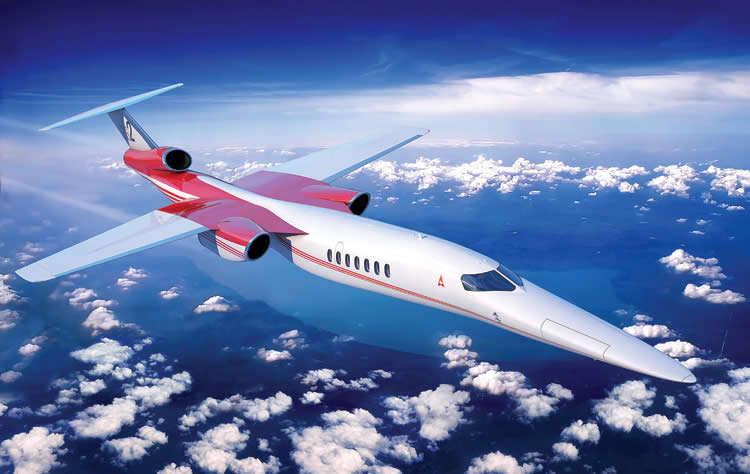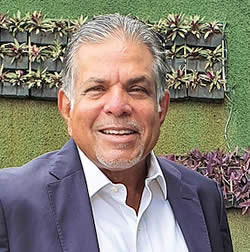INDIAN ARMED FORCES CHIEFS ON OUR RELENTLESS AND FOCUSED PUBLISHING EFFORTS

The insightful articles, inspiring narrations and analytical perspectives presented by the Editorial Team, establish an alluring connect with the reader. My compliments and best wishes to SP Guide Publications.

"Over the past 60 years, the growth of SP Guide Publications has mirrored the rising stature of Indian Navy. Its well-researched and informative magazines on Defence and Aerospace sector have served to shape an educated opinion of our military personnel, policy makers and the public alike. I wish SP's Publication team continued success, fair winds and following seas in all future endeavour!"

Since, its inception in 1964, SP Guide Publications has consistently demonstrated commitment to high-quality journalism in the aerospace and defence sectors, earning a well-deserved reputation as Asia's largest media house in this domain. I wish SP Guide Publications continued success in its pursuit of excellence.
- The layered Air Defence systems that worked superbly, the key element of Operation Sindoor
- Operation Sindoor | Day 2 DGMOs Briefing
- Operation Sindoor: Resolute yet Restrained
- India's Operation Sindoor Sends a Clear Message to Terror and the World – ‘ZERO TOLERANCE’
- Japan and India set forth a defence cooperation consultancy framework, talks on tank and jet engines
The First Supersonic Business Jet Shuts Before Production
The Nevada-based company that was expecting to begin output of the first planes in 2023, was hit hard by a financial crisis

Financial woes due to the pandemic cast shadow on one of the earliest supersonic flight dreams for the business jet travellers. Supersonic jet-manufacturer, Aerion, has stopped production operations of its AS2 supersonic jet. The jet-developer stated the failure to secure enough money to start building the aircraft as the reason for ceasing operations.
“In the current financial environment, it has proven hugely challenging to close on the scheduled and necessary large new capital requirements” to begin production of its AS2 supersonic jet, the Nevada-based company stated. This comes as an abrupt surprise especially considering that the company had said in March this year it would begin output of the first planes in 2023, with the first commercial delivery expected in 2027.
In addition to that, the company had even achieved the wind tunnel validation recently with the AS2 amassing the equivalent of 78,000 nautical miles flown. The company had also reported that time, that the extensive low and high-speed testing programme allows Aerion engineers to assess more than 2,00,000 in-flight data points. It had ensured that the combination of advanced digital modelling and physical model-based wind tunnel testing allow Aerion to fasttrack development programme ahead of 2023 production start.
Founded in 2003 to develop new, more efficient aerodynamic technologies for supersonic aircraft, Aerion introduced its AS2 12-passenger business jet design in 2014 and had unveiled the AS2’s GE Affinity engine design in 2018 claiming it to be the quietest and most fuel-efficient engine in the supersonic history. The engine was a turbofan developed for supersonic transports, evolved from CFM International CFM56. With the shutdown of production, the GE Affinity team is also being redistributed to other programmes.
In 2019, Boeing had announced a partnership with Aerion and as part of the agreement made a significant investment in Aerion to accelerate technology development and aircraft design, and unlock supersonic air travel for new markets. “While we are disappointed Aerion could not secure additional funding to continue their work, we remain committed to working with innovative and creative partners who, like Aerion, continue to push limits on groundbreaking technology,” Boeing stated.
“Supersonic flights are an inevitability. It’s a matter of time, of who gets it right first. The biggest issue is to make it affordable and sustainable. Number of agencies are working on it. Work and research done by Aerion will not go waste. I’m sure we will have supersonic jets flying in the next 5 years.”
—Rohit Kapur, President, Jet HQ Asia
Backed by Boeing, AS2 was path breaking for being the first:
- Supersonic business aircraft in history
- Certified aircraft to run on 100 per cent engineered hydrogen/carbon captured fuel
- Supersonic aircraft that does not require afterburning engines
- Boomless Cruise supersonic aircraft in history
- Supersonic aircraft to enter commercial service in 51 years
- Supersonic engine in 55 years
AS2 would have flown at Mach 1.4 supersonic cruising speed with a supersonic range of 4,200NM and 0.95 Mach subsonic cruising speed accompanied by 5,400NM subsonic range.
It was also the first aircraft in history to fly supersonic without a boom reaching the ground as the AS2 would have operated in the Boomless Cruise autopilot mode between Mach 1.0-1.2, taking advantage of a well-known atmospheric phenomenology called Mach Cut Off where the sonic boom refracts off denser, warmer layers of air.
Apart from Boeing and GE Aviation, Aerion was collaborating with Spire Global for high fidelity weather models that will be coupled into the Aerion’s Boomless Cruise technology to compute an optimised flight plan where the AS2 can be flown at supersonic speeds. Aerion was also incorporating Honeywell’s next-generation, state-of-the-art flight deck and Forge platform. The company had secured over $11 billion worth of orders, including a recent deal for 20 planes from NetJets.
Earlier this year, Aerion had also selected Rosen Aviation to develop a new Cabin Management & Technology System (CMTS) for the AS2. “Rosen Aviation joins Aerion’s growing team of worldrenowned technical partners, as progress on the AS2’s development gathers pace ahead of manufacturing commencing in 2023 at Aerion Park in Melbourne, Florida. The Eugene, Oregon based technology supplier will develop the CMTS system, software sophistication and cabin experience for the 8-10 passenger, private jet,” Aerion had announced.
The launch of the AS2 supersonic business jet, which was priced around $120 million per jet, was the start of Aerion’s pursuit of faster point-to-point travel. Designed to be inherently environmentally responsible from first flight, the AS2 was supposed to be the first supersonic aircraft designed to be powered by 100 per cent engineered synthetic fuel and reach supersonic speeds without the need for an afterburner. The manufacture of 300 AS2 aircraft was planned for the first decade of production, the company had noted earlier this year.
The ceasing of Aerion AS2’s operation has certainly come as quite a disappointment for the industry, hitting turbulence in the plans of supersonic airliners, but has also given a reality check of the cost that is involved in upgrading to the supersonic level. The COVID-19 pandemic has given a hard blow to most of the aviation industry as air travel reduced to almost negligible through the last year with lockdowns and travel bans imposed across the globe in major locations.






